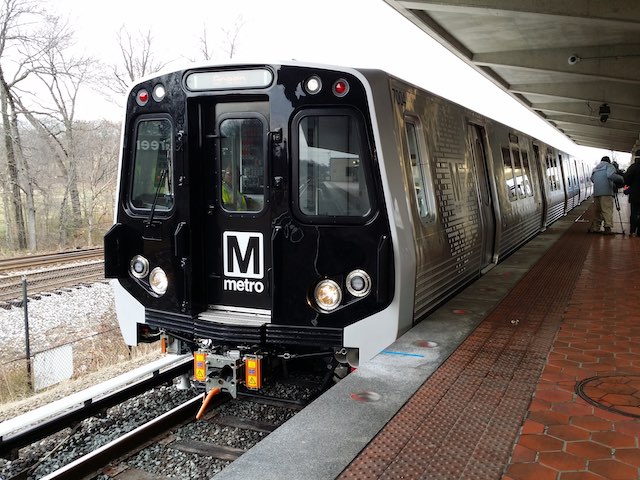The Washington Capitals ice hockey team, which plays its home games in downtown Washington, is in the Stanley Cup Playoffs. The games go long enough that spectators can’t reliably take DC’s Metro rail transit home, as the trains stop running at 11:30 pm on Monday through Thursday.
This wasn’t a problem in the first two games of a best four-out-of-seven series against the Tampa Bay Lightning, as those games were played in Tampa. In the third game, Metro persuaded Exelon, which owns the local electric company, to donate $100,000 to keep the trains running for an extra hour.
For last night’s game 6, Metro somehow twisted Uber’s figurative arm into contributing $100,000 to keeping the trains running. It seems strange that Uber would give money to its competitor unless it hopes to get some political favors in exchange. Continue reading









